Overview of Concolor Fir
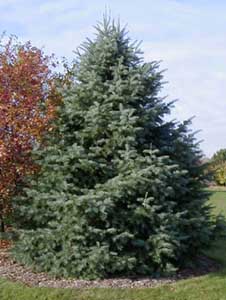
Concolor fir, Abies concolor, (also known as white fir) is an excellent choice for Midwestern landscapes, both for aesthetics and being one of the most adaptable firs. Native to the western United States, concolor fir can reach heights of 130-150 feet and may occasionally reach 350 years of age. It can be found from 6000 ft. to 11,000 ft. in elevation in the Rocky Mountains in Colorado and New Mexico to the Coast Range in California and Oregon. Near the Pacific Coast it can occur as low as 2300 ft. elevation. In typical home landscapes, concolor fir reaches 30-50 feet tall and 15-25 feet wide when mature.

Concolor fir, which is grown commercially as a Christmas tree, features an almost perfect pyramidal shape with horizontally tiered branches when young. At maturity trees develops a dome-like crown. Needles are short, flat, and soft, with a slight curve to them; and are silvery blue-green both above and below. Undersides may have a whitish bloom. Needles also feature a slight citrus smell when broken. The smooth gray bark develops attractive deep, irregular furrows and irregular, flattened scales on mature trees. Oblong cones are held upright and vary in color from yellow green to purple. Cones mature in one season and generally disintegrate after the seeds are shed, falling off the tree in September and October.
Landscape Use of Concolor Fir

Concolor fir is a fairly slow-growing, drought-resistant tree that does best in deeper, well-drained soils. Avoid planting in heavy clay and wet spots, such as near over-irrigated lawns. Concolor fir is tolerant of some shade, although it prefers full sun, and is hardy in zones 3-7.
This is a very desirable tree in the landscape, but may need some protection on very windy, exposed sites. Because of its dense growth it does not need any pruning to keep its shape. With its conical form, blue-green foliage and lack of insect or disease problems, it could be used as a substitute for Colorado blue spruce (Picea pungens).
– Susan Mahr, University of Wisconsin – Madison
Last Update: Bruce Spangenberg, UW-Madison Extension, 2025


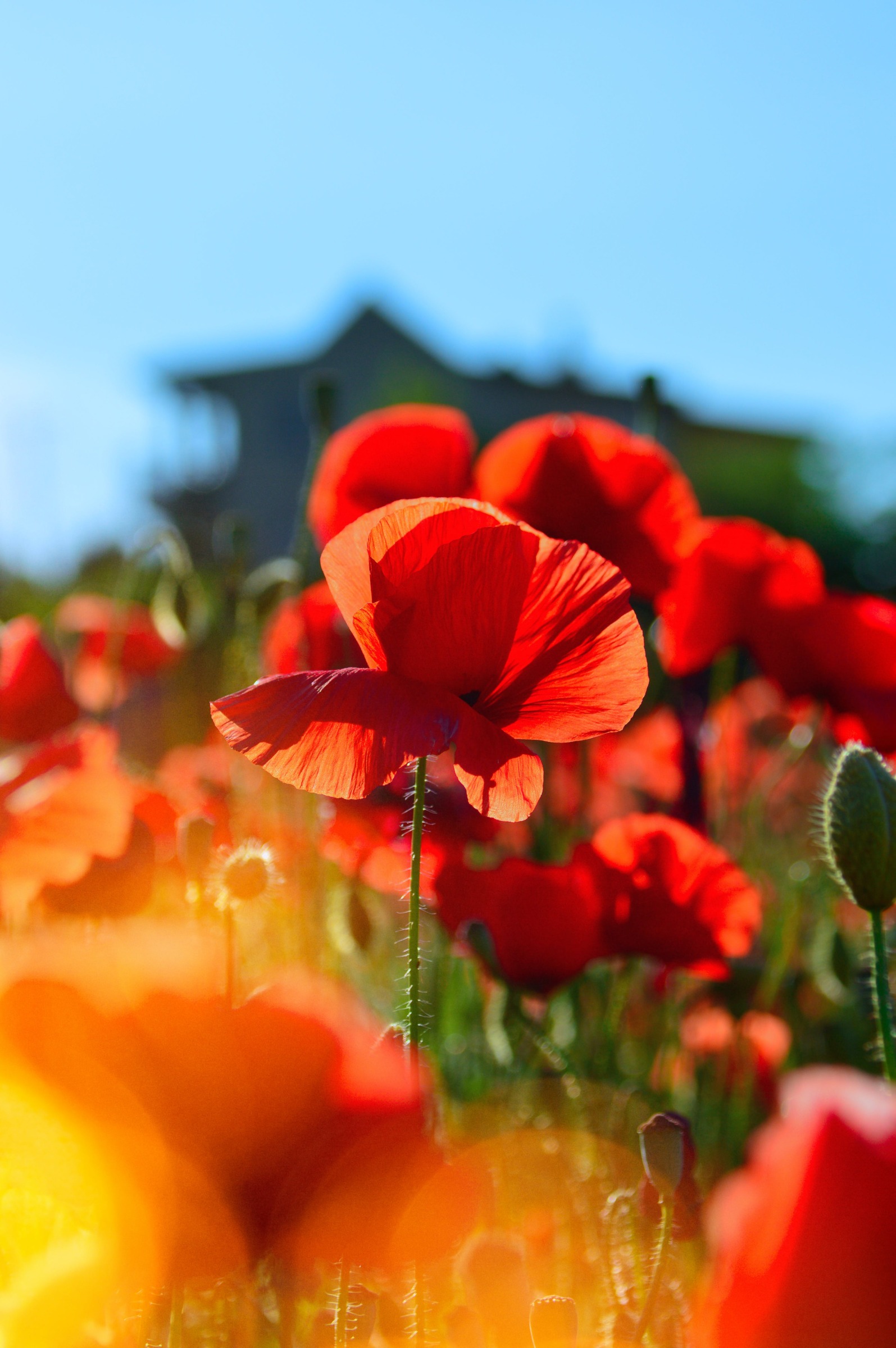
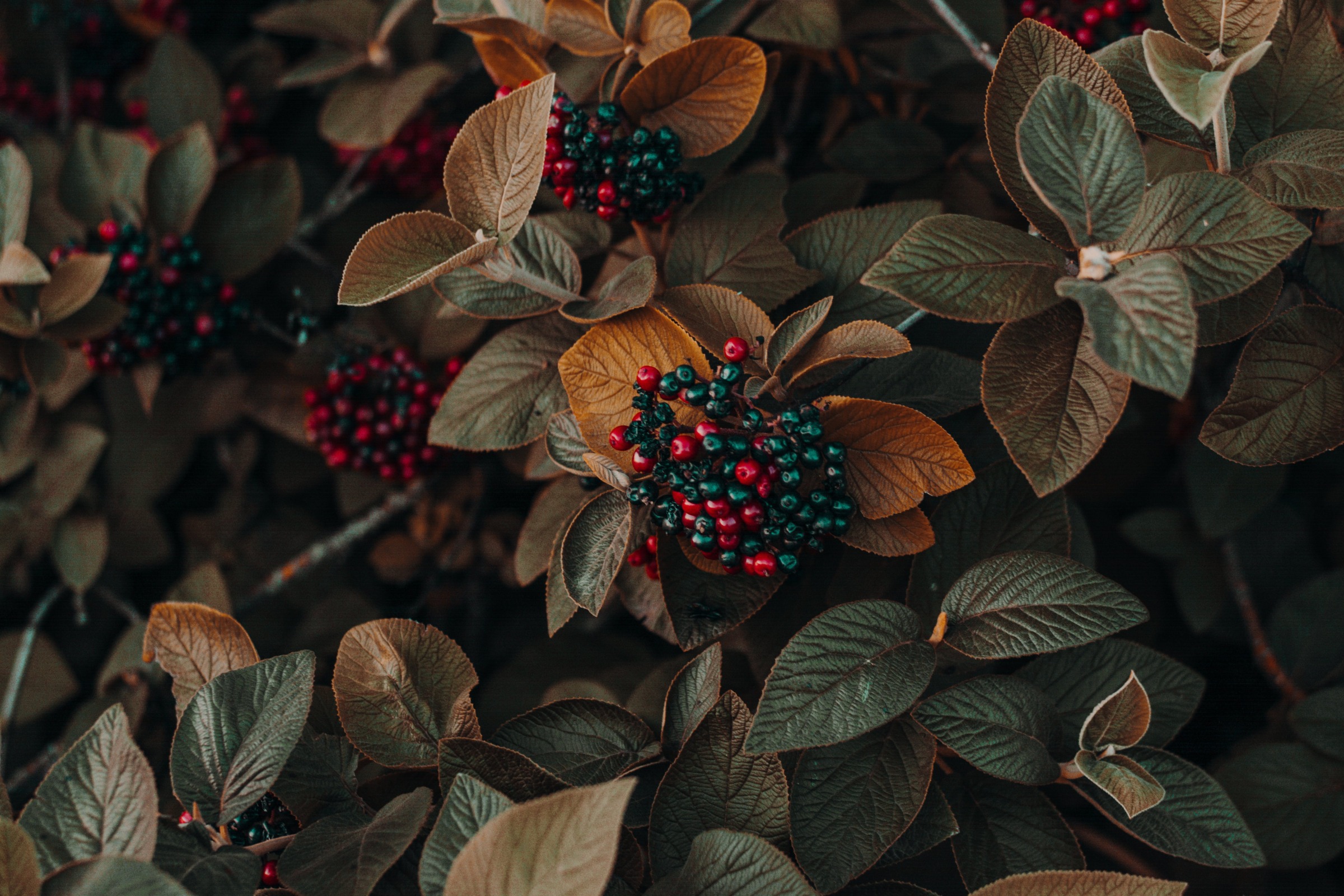
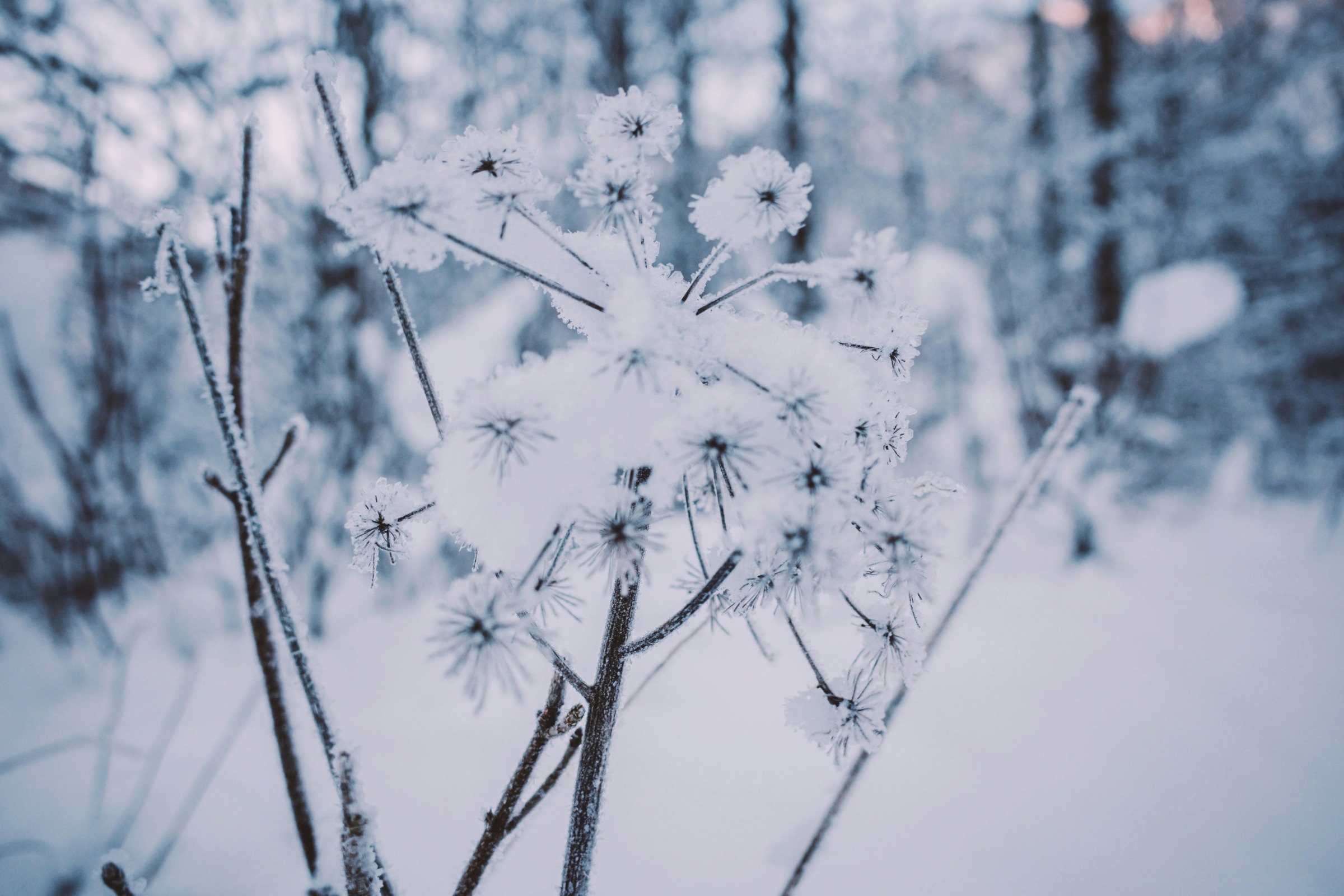
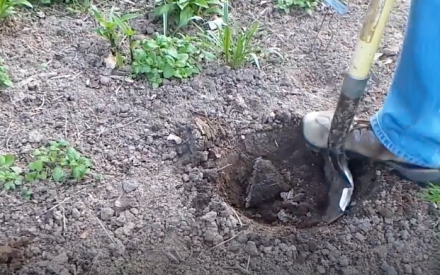 Promoting Urban Forestry: Planting Bareroot Trees in Home Landscapes
Promoting Urban Forestry: Planting Bareroot Trees in Home Landscapes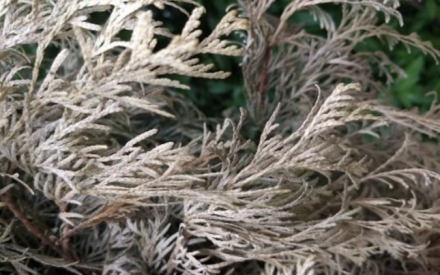 Keep Watering in Fall to Protect Evergreens from Winter Burn
Keep Watering in Fall to Protect Evergreens from Winter Burn Seasonal Needle Drop
Seasonal Needle Drop ▶︎ Watch: Planning for Fall Planting – Choosing the right trees and shrubs for success
▶︎ Watch: Planning for Fall Planting – Choosing the right trees and shrubs for success